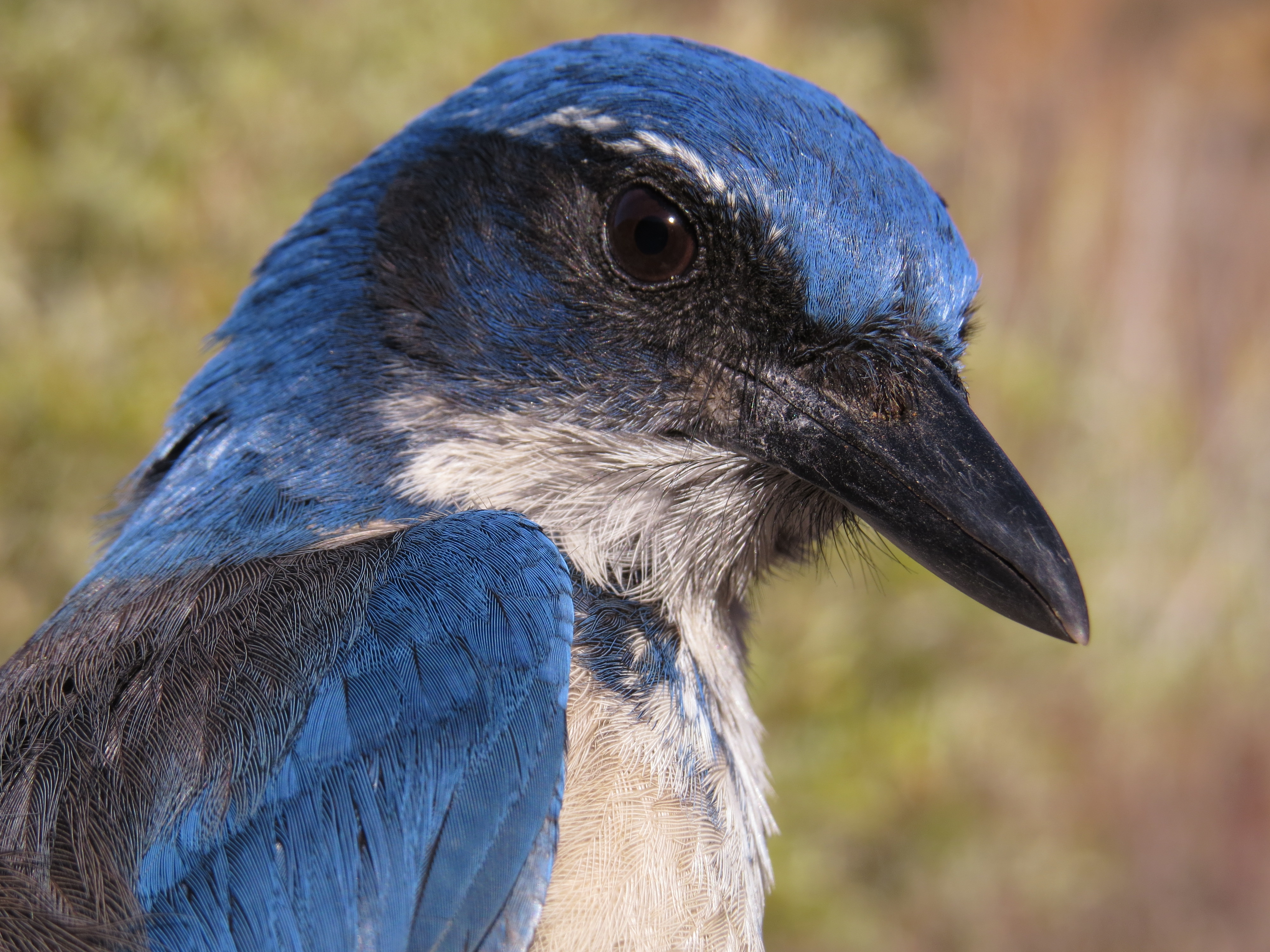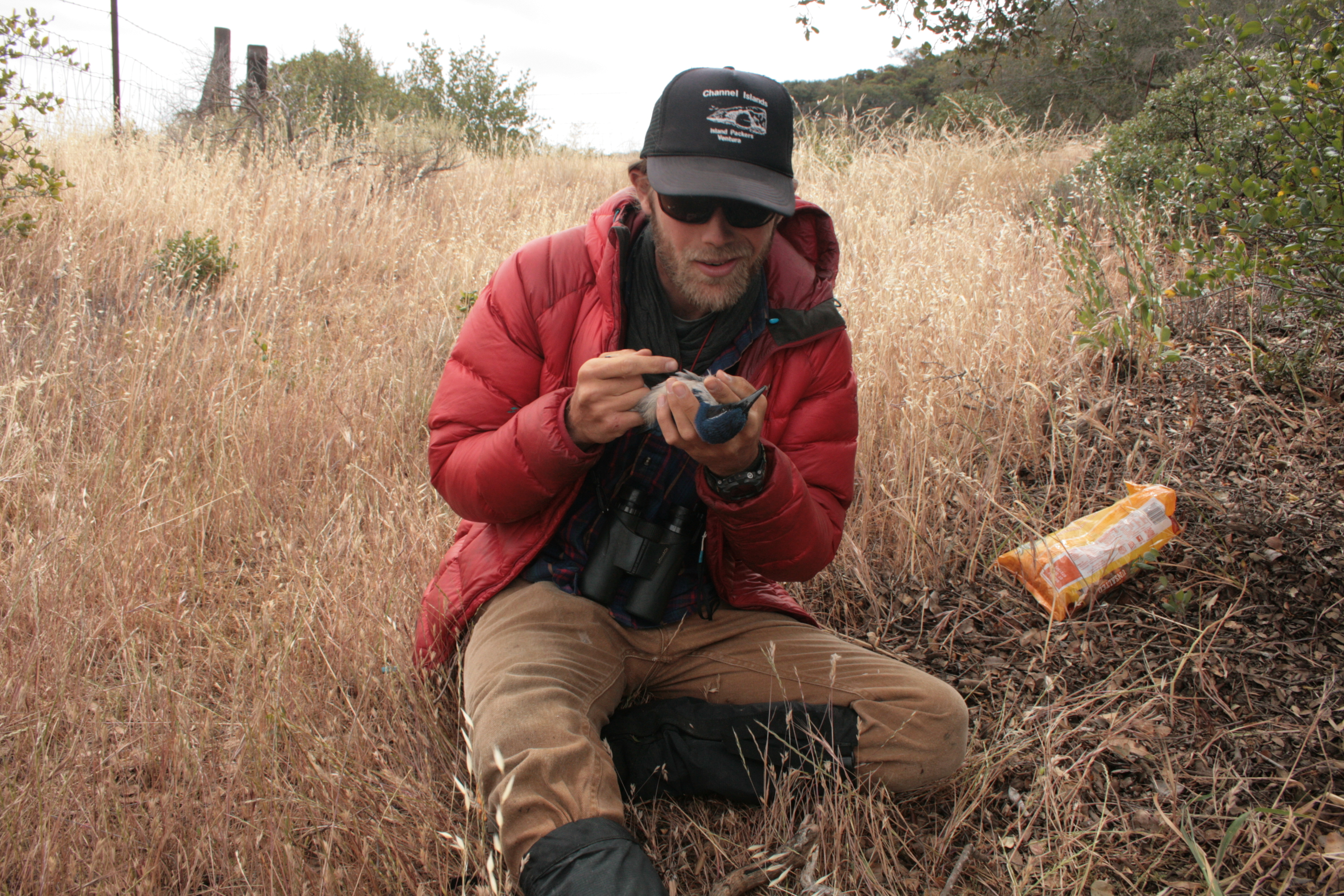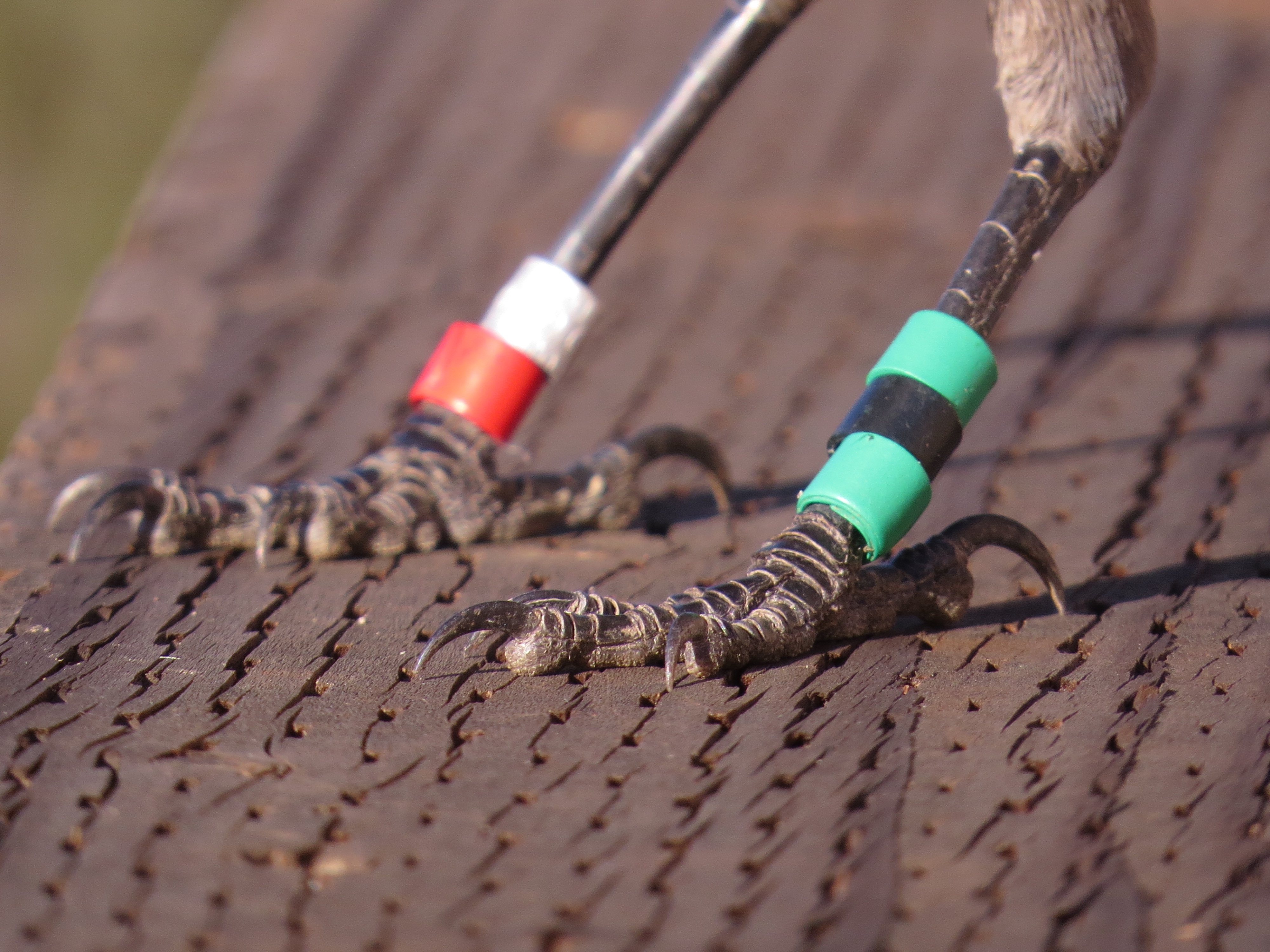The leading cause of reproductive failure for most passerine birds is nest predation. Because nest predation can strongly limit fitness, selection should favor birds that are able to assess predator communities within their home range and adjust nest sites accordingly. We are investigating the mechanisms that drive nest site selection and nest success in the Island Scrub-Jay by 1) identifying important nest predator species, 2) quantifying reproductive investment, nest survival, and the abundance of main nest predators (Common Ravens (Corvus corax) and Island Foxes (Urocyon littoralis)) across 2 habitat types, Bishop Pine woodland and Oak Chaparral, and 3) conduct vegetation surveys at each nest site and paired non-use, but available nest site. Our work in this system has broader implications in terms of understanding habitat choices in different ecological contexts and fitness trade-offs of selecting habitats with contrasting resource availability such as food and refugia from predation.
Gallery
Contact
Michael Hague, masters student
Wyoming Cooperative Fish & Wildlife Research Unit
Dept. 3166, 1000 E. University Avenue
Laramie, WY 82071
[email protected]
Funding & Partners
A big thanks to The Smithsonian Migratory Bird Center and The Nature Conservancy for financial and logistical support.










